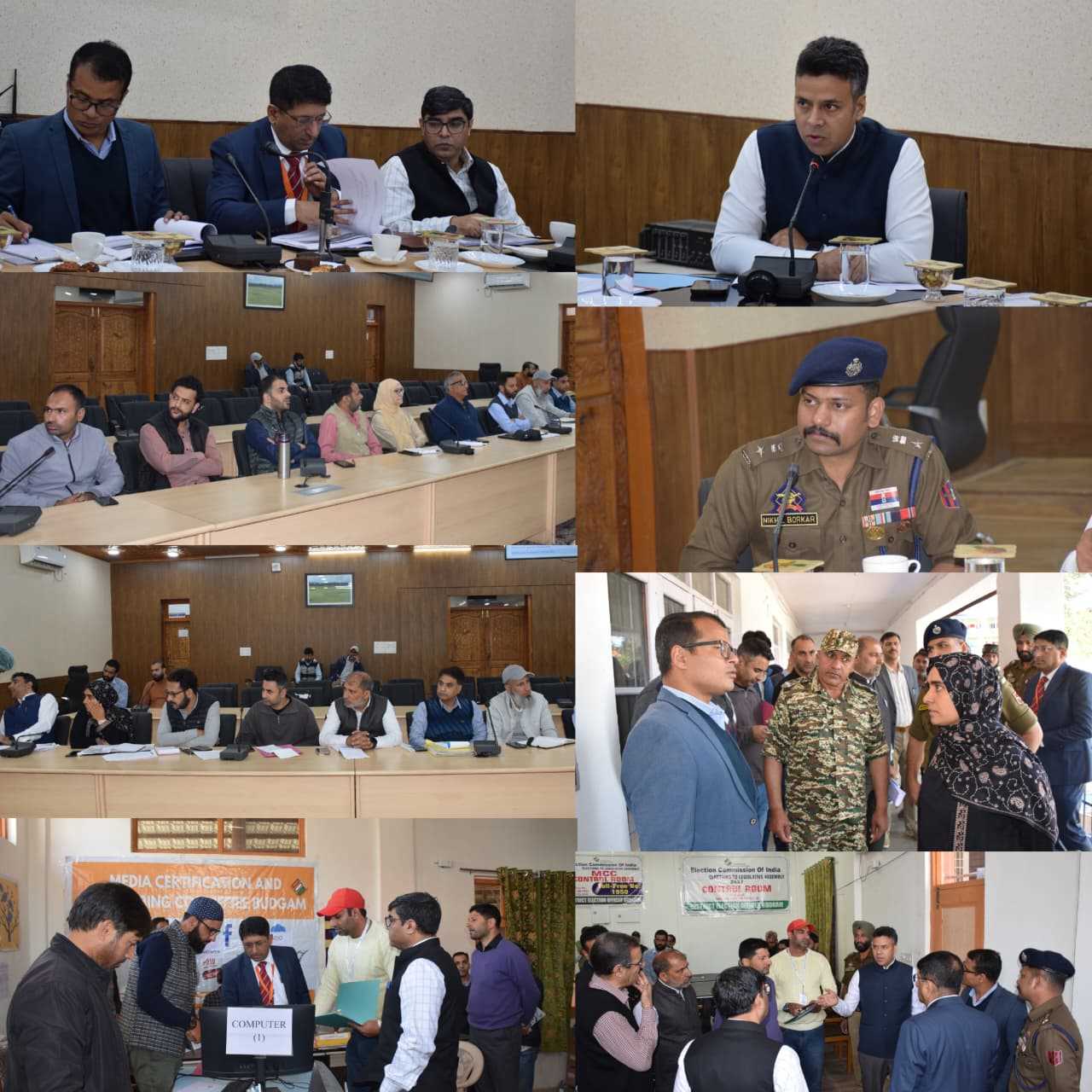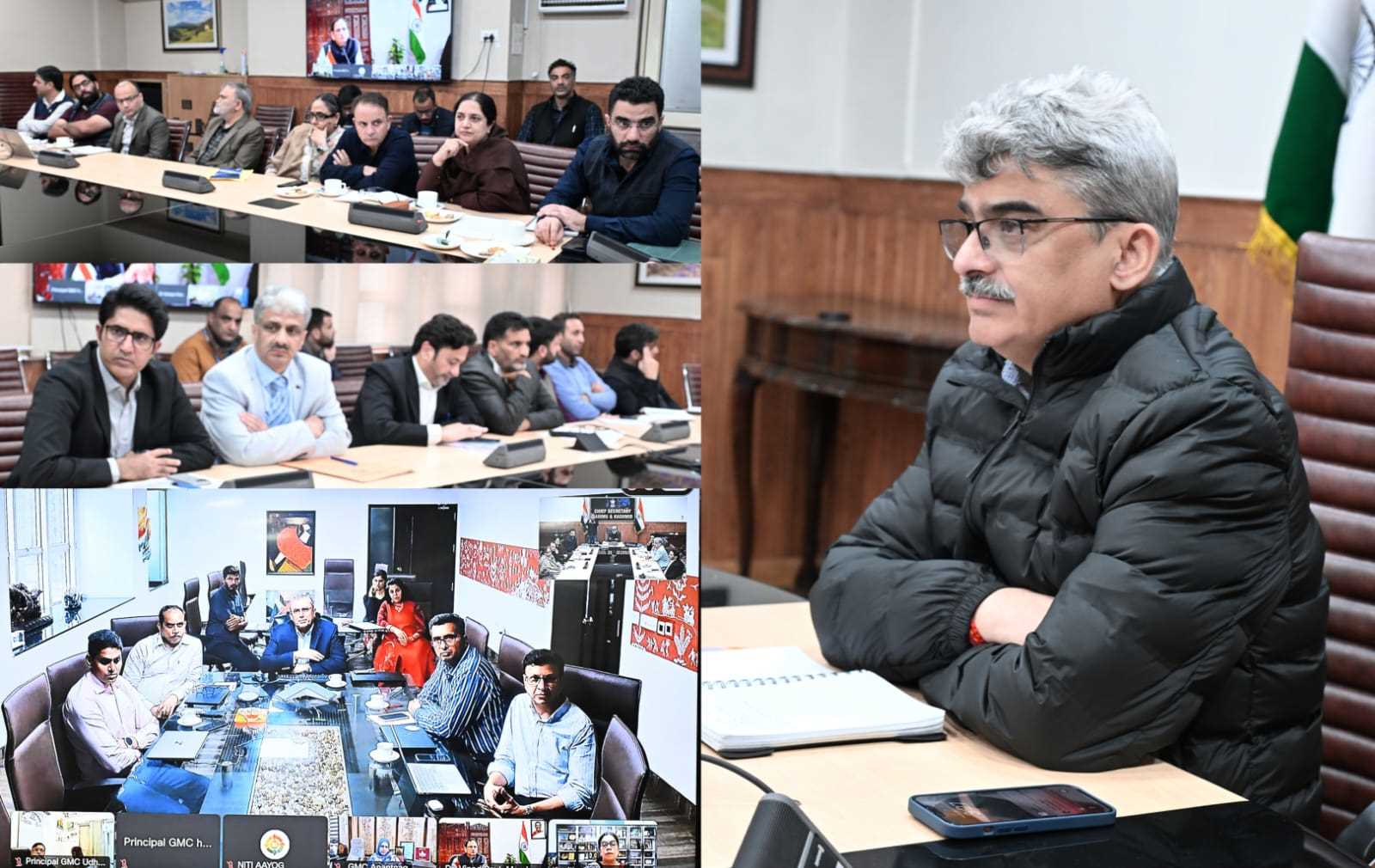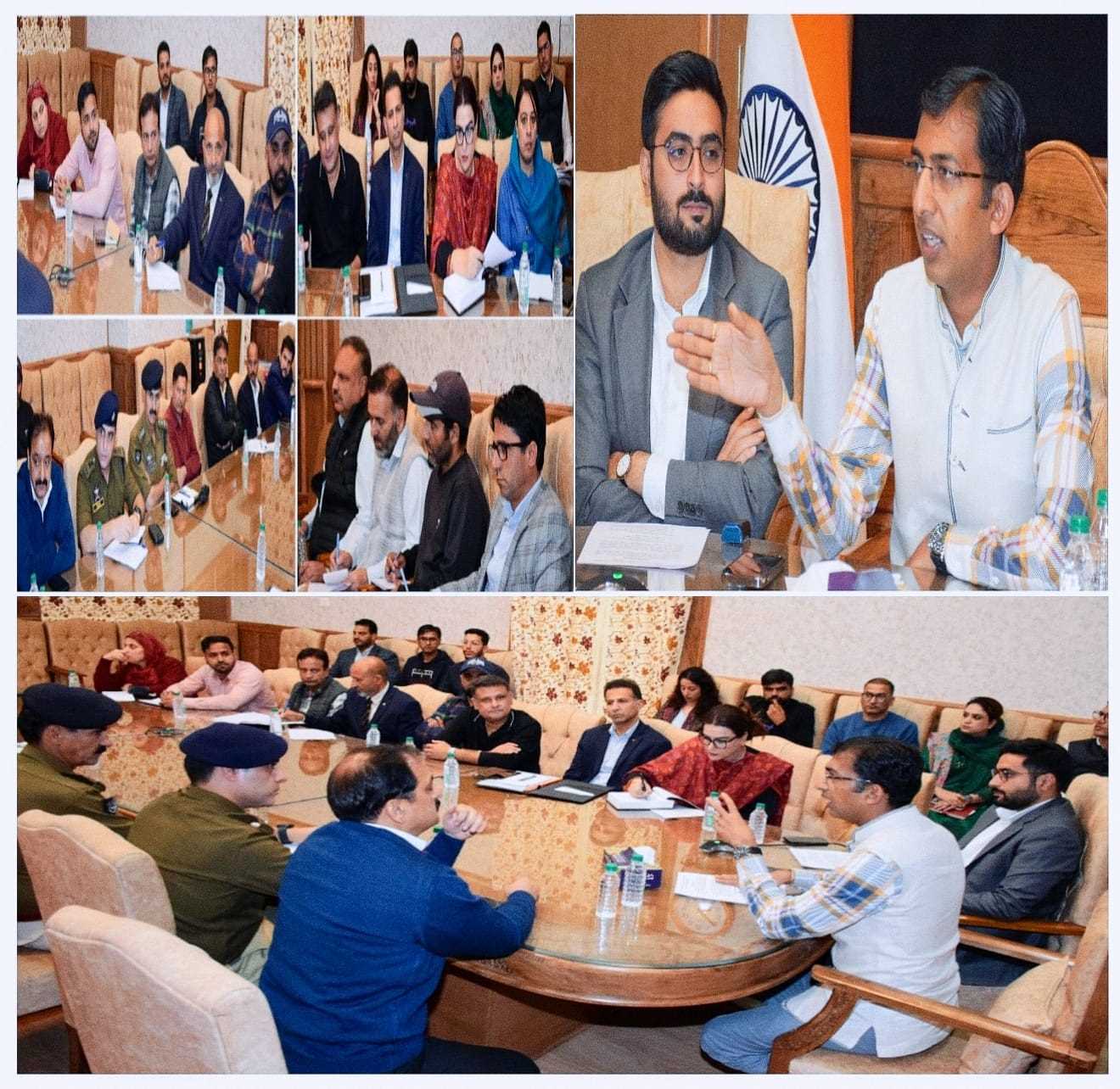In the modern age of technology, we find ourselves living in an era where almost every individual from a curious child to an elderly person is connected to the internet. The digital world has become an inseparable part of our lives, bringing immense opportunities for learning, communication, and global awareness. With the widespread availability of smartphones, social media platforms, and instant messaging, the world has become a small, connected village. However, this interconnectedness has come with a hidden cost. The rise of social networking and online communication has led to the decline of genuine human connection. Face-to-face interactions are being replaced by virtual conversations, and empathy is often replaced by impulsive digital reactions. Amid this transformation has emerged one of the most alarming social issues of our time the cyberbullying.
Cyberbullying refers to the use of digital technologies such as smartphones, computers, and the internet to harass, threaten, humiliate, or target someone. Unlike traditional bullying, which is limited by physical presence, cyberbullying can occur anywhere and anytime. It follows the victim across platforms and devices, making it inescapable and deeply distressing. It may involve sending harassing or threatening messages through text or social media, spreading false rumours, sharing private photos or videos without consent, impersonating someone by creating fake accounts, publishing personal information without permission, or launching organized hate campaigns. The consequences of these actions can be devastating. Victims of cyberbullying often experience anxiety, depression, loss of self-esteem, and social isolation. The effects can persist long after the online attacks end because the digital footprints of harassment are often permanent.
In Kashmir, the phenomenon of cyberbullying has grown significantly in recent years. With increasing internet penetration and the popularity of social media platforms such as Instagram, Facebook, and YouTube, many young people have turned into content creators, influencers, or self-styled journalists. While many use these platforms positively to promote education, culture, and creativity, others exploit them for negative purposes spreading rumours, creating false narratives, or targeting individuals for personal or political reasons. What makes this problem more alarming is the lack of awareness about digital ethics and cyber laws among the youth. For some, gaining followers or viral fame has become more important than respecting truth or dignity. This irresponsible digital behaviour has turned social media into what can only be described as a “bullying factory” a space where anyone can be publicly humiliated with just a few clicks.
A recent episode involving a teenage girl in Kashmir exposed the ugly reality of cyberbullying in our society. The girl appeared with her teacher during an educational event organized by Physics Wallah. What was meant to be a simple academic interaction soon turned into a nightmare for her. Within hours, her photos and videos were circulated across multiple platforms with offensive comments, baseless allegations, and cruel jokes. Her only “mistake” was standing beside her teacher during a public program. The trolling and hate she faced online left her emotionally shattered. This young student, who had dreams of qualifying NEET and becoming a doctor, was suddenly pushed into a world of humiliation and trauma. The incident is not just about one girl it reflects a collective moral failure. As a society, we failed to protect her dignity and failed to teach our youth that social media should be used to uplift, not destroy. Our online actions can have real-world consequences. Behind every profile or screen is a human being with emotions, fears, and dreams. The psychological effects of cyberbullying are far-reaching and long-lasting. Victims often experience intense emotional distress, anxiety, and depression. For teenagers, who are already navigating the complexities of growing up, this kind of humiliation can lead to withdrawal, academic decline, and in extreme cases, suicidal thoughts. According to a survey by the I-SAFE Foundation, nearly half of adolescents and teens have been bullied online, and about the same number have engaged in cyberbullying themselves. The anonymity that the internet offers makes people feel powerful but it also strips away empathy. When online cruelty becomes normalized, young people begin to lose their moral compass. What they see as “funny” or “trending” can actually destroy someone’s confidence and mental health.
India has strong laws to address cybercrimes, including cyberbullying. The Information Technology Act, 2000 contains several sections that penalize online harassment. Section 66C punishes identity theft and misuse of digital signatures or passwords. Section 66D deals with cheating by impersonation using computer resources. Section 66E penalizes violation of privacy by capturing or publishing private images without consent. Additionally, the Indian Penal Code (IPC) 1860 includes provisions under Sections 354A, 354D, 499, and 500 to deal with harassment, stalking, and defamation. In the landmark judgment Shreya Singhal v. Union of India (2015), the Supreme Court of India struck down Section 66A of the IT Act, citing that its vague definitions could threaten freedom of expression. However, the Court emphasized the urgent need to tackle online harassment and ensure that existing laws are enforced effectively. More recently, the Supreme Court has again stressed the need for stricter implementation of cyber laws, particularly to protect minors and women from online abuse.
Beyond the legal framework, cyberbullying raises important ethical and moral questions. Technology itself is neutral it is our use of it that determines its impact. We must remind ourselves that freedom of expression does not mean freedom to harm. Every word we post, every video we share, and every comment we make has the potential to shape someone’s life for better or worse. Our responsibility, therefore, extends beyond legality. It is about humanity, empathy, and digital responsibility. Schools and colleges must integrate digital ethics education into their curriculum to teach students about online behaviour, consent, and emotional intelligence. Parents must also be vigilant and supportive, teaching their children how to navigate the digital world safely and responsibly.
To combat cyberbullying effectively, we need a collective effort that includes education, awareness, and empathy. Cyber safety programs should be introduced in schools and colleges. Parents should have open conversations with their children about online behaviour. People must learn to report abuse instead of ignoring it. Social media companies should also strengthen their moderation systems to prevent harassment and the spread of harmful content. Communities must come together to create a culture of kindness and accountability online.
Cyberbullying is one of the most pressing social challenges of our time. It does not just destroy reputations it destroys lives. The scars it leaves are invisible but deep, especially for young people trying to find their identity in a digital world. It is our collective duty to build a safe and respectful online culture one rooted in compassion, awareness, and accountability. Social media should be used to educate, inspire, and connect humanity, not to divide and demean it. Let us pledge to make the internet a space of empowerment, where every voice is heard with respect and every individual especially our daughters and youth can dream freely without fear of digital harassment.
Email:--------------------------tawheed.biotech12@gmail.com







